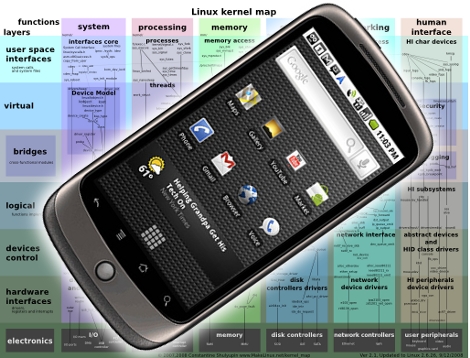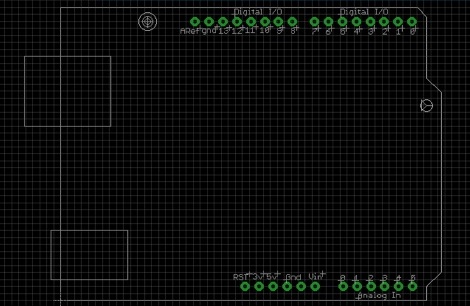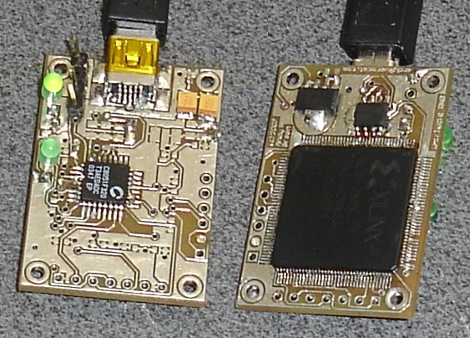
We like to run the newest software available. We often encounter problems and things that don’t work because of this, but with open source that just give you the opportunity to contribute and make the package better. Now you can take the fun and daring of bleeding edge to your phone by installing the latest Linux kernel on the Nexus One. [Jon Lech Johansen] wrote up that eight step process to install 2.6.32, which should take you just minutes if you already have the Android SDK installed. If you don’t what are you waiting for?













